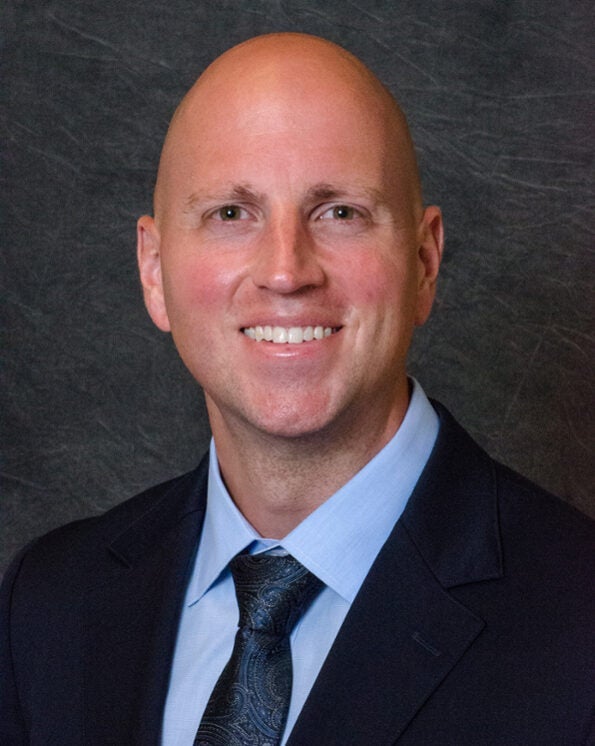Aaron Specht

Assistant Professor
School of Health Sciences
Purdue University West Lafayette, Indiana
aspecht@purdue.edu
Fellowship Project: Testing efficiency and accessibility using a novel bone lead test
Dr. Aaron Specht is an Assistant Professor in the School of Health Sciences at Purdue University. His research focuses on the development, application, and understanding of exposure assessment for elemental and radiation exposures. His work focuses on increasing accessibility and cost effectiveness of exposure assessment techniques — making biomarker measurements on site in seconds. These non-invasive, portable, and handheld techniques can be done on almost anything including: nail, bone, or hair. With a more powerful benchtop system, he is able to measure elemental content of blood, including blood spots, much more efficiently than with typical chemical analyses. Shrinking down his methodology, he can also map elements down to 15 micrometers to help produce a timeline of exposure for hair and teeth or help to explain the inner workings of the body in toxicological studies. Dr. Specht has a wide range of collaborations from the hospital to the cliffs of the Grand Canyon. Now his focus remains on developing more community based studies utilizing his techniques.
Lead exposure continues to harm children’s neurodevelopment, even at low levels. Recent attention on lead-contaminated service lines has spurred action among environmental activists. In Indianapolis, reports show high lead levels in school water, particularly in underserved areas, but current resident testing is limited to blood samples, which don’t reflect past exposures if the source has been removed. Furthermore, other lead sources remain untested in the community. This crisis could result in misdiagnosed health issues, overlooked lead sources, and widespread community harm. Our proposal aims to improve testing in Indianapolis by introducing efficient, accessible bone lead tests, utilizing a new hair collection method for broader testing, and investigating various lead sources including paint, soil, and water, to comprehensively address the issue.


